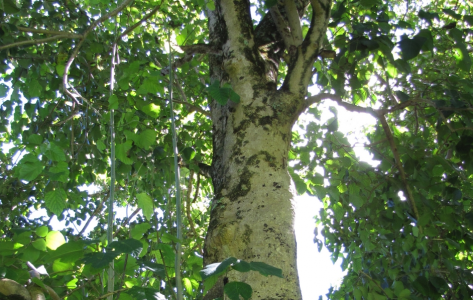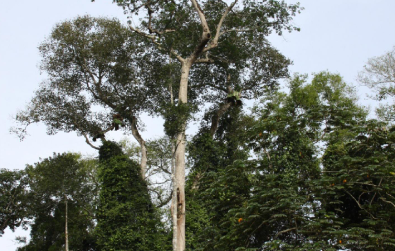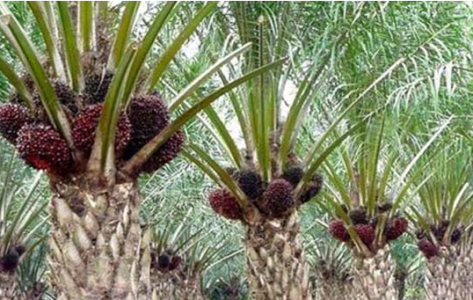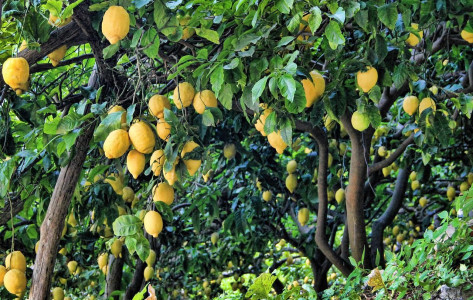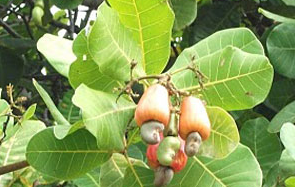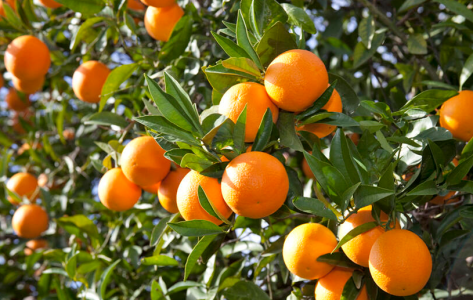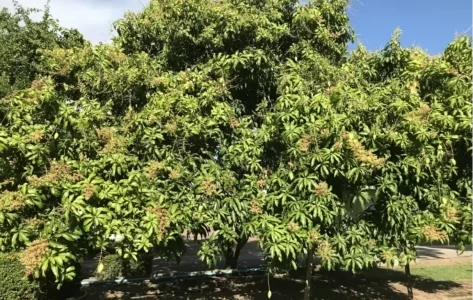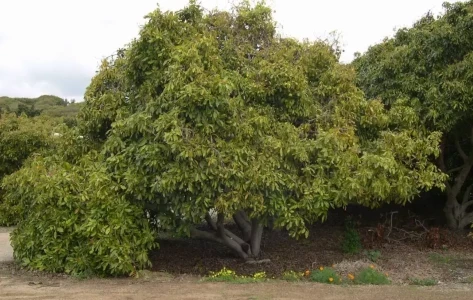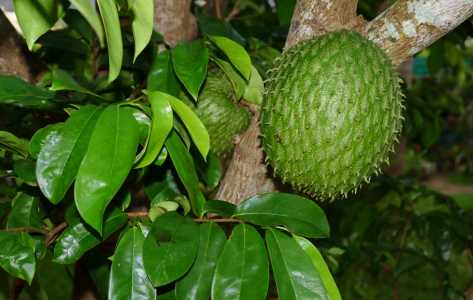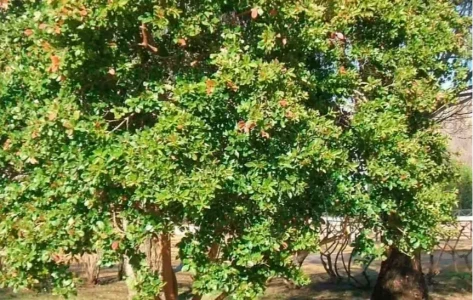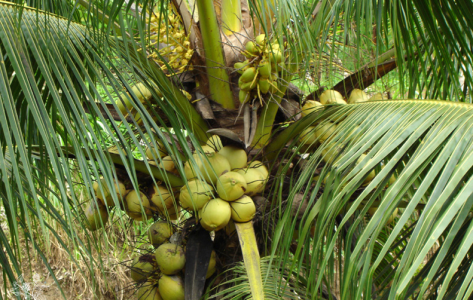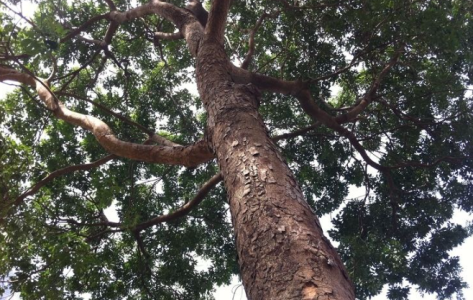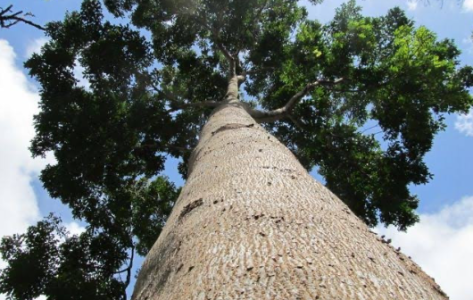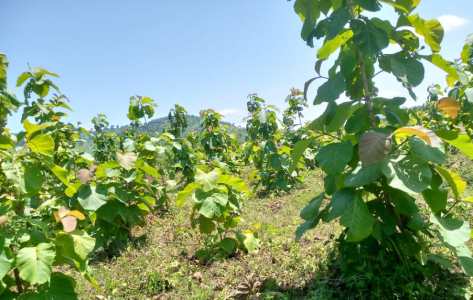Plant 100,000 Native Trees Annually in Rural Togo Schools
Summary
Pay rural communities in Togo to plant 100,000 trees (15 species) annually in schools to restore ecosystems, fight hunger, and enhance child education. Habitat Education & Promotion has provided 3,500+ students with school supplies, boosting success in 24 elementary schools. Building on 8,000+ trees already planted, we aim to expand to 100,000 trees annually, offering shade, enriching soil, and capturing 100,000 tons of CO2. Plant trees with us to fight climate change while enhancing child education.
Challenge
Deforestation, soil erosion, and the loss of biodiversity have created significant environmental, social, and economic hardships, with rural communities bearing the brunt of these impacts. As the land becomes less fertile, agricultural productivity declines, making it increasingly difficult for families to grow food and sustain their livelihoods. For schools in these areas, the absence of trees turns playgrounds into sun-scorched spaces, limiting outdoor activities and exposing children to harmful UV rays. These children miss out on the chance to enjoy fresh air, cool shade, and the natural beauty that fosters well-being and a love for the environment. Schools also lose the opportunity to combat pollution, absorb carbon, and provide safe havens for local wildlife, missing a crucial chance to teach students about environmental stewardship.
Solution
We have partnered with 24 schools in Togo to plant 100,000 trees annually, with over 8,000 trees already in the ground. Our tree planting initiative not only helps protect schools from extreme weather but also enhances the social, environmental, and economic well-being of the surrounding communities. The fruit trees we are planting play a vital role in combating hunger both in schools and the broader community. Additionally, our projects provide local employment opportunities. We also collaborate with community groups of farmers, supporting them to plant trees on their own land.
Long-Term Impact
Tree planting in schools has a lasting, positive impact on the community by promoting environmental stewardship, improving health, and boosting local economies. As the trees mature, they provide shade, reduce air pollution, and cool the environment, creating more comfortable and healthier spaces for children to learn and play. The trees also yield valuable resources, such as fruit, which helps address hunger in the community. In 15 to 20 years, both schools and the community can benefit from the tree plantations, using them to finance educational infrastructure projects like new school buildings, or vital community resources such as public toilets or wells. Beyond the school grounds, the environmental benefits—such as carbon sequestration and improved soil health—extend to the broader area, ensuring positive effects for generations. By participating in tree planting, students and community members develop a stronger sense of responsibility for their environment, supporting the sustainability of these efforts and helping to create a greener, more resilient future.
Why Our Programs Work?
The program is designed to succeed because it directly addresses the interconnected challenges of deforestation, soil erosion, and biodiversity loss by combining practical, evidence-based solutions with community involvement. Here’s why it will work:
1. Tangible Solutions to Critical Problems:
By planting 100,000 trees annually, the program mitigates deforestation and its cascading effects, such as soil erosion and biodiversity loss. Fruit trees combat hunger by providing a sustainable food source, directly improving community livelihoods and school nutrition.
2. Community Ownership and Engagement:
Collaboration with 24 schools and local farmers ensures grassroots involvement. When communities have a stake in the process—such as planting trees on their own land—they are more likely to maintain and protect the trees, ensuring long-term sustainability.
3. Education and Awareness:
Incorporating tree planting into schools fosters a culture of environmental stewardship among students. Early exposure to these practices helps embed the importance of sustainability and conservation, creating a generational ripple effect of positive environmental behavior.
4. Multi-Faceted Benefits:
The program generates social, environmental, and economic gains. Shade trees improve the learning environment by providing cooler spaces for children, while fruit trees address hunger. Employment opportunities created during the tree-planting process further enhance community well-being.
5. Long-Term Vision and Impact:
The program plans for the future by emphasizing the lasting benefits of mature trees, including their potential to fund infrastructure projects for schools and communities. This long-term perspective ensures that the efforts today will yield benefits for decades to come.
6. Scalability and Replication:
The model can be adapted and scaled to other regions facing similar challenges, magnifying its impact and proving its effectiveness as a sustainable, replicable solution to global environmental issues.
This integrated approach, blending ecological restoration, education, and community empowerment, ensures that the program not only works but also has enduring, transformative effects.
Our project involve the entire community through a participatory approach.

8K
Trees Planted

15
Species

24
Partner Schools
Help for these communities has been a long time coming. We are happy to be able to bring this support and engagement to the members of these communities.
- We work with students, student parents, teachers, community organization and their leaders on our school related projects (tree planting for schools, providing school supplies for best students, school renovations, soccer tournament)
- Farmers throughout the community farm in our tree plantations that are less than 3 years old. Community owned animals (goat, cattle) also graze on our tree plantations that reached a certain age. We also work with farmers that are organized in community groups to plant trees on their own land.
- Our tree planting projects bring welfare benefits through employment opportunities in the local communities (filling grow bags, planting the seeds, watering tree nursery, clearing weeds, digging holes, planting trees).
- We source and purchase as much as possible from local businesses (food, compost, seeds and nursery materials)
- We plan our trees during raining season that starts from March to October. Depending on the species, we plant 1500 to 3000 trees per hectares. Because we plant the trees in raining seasons, we get above 95% survival rate.
- We source and purchase as much as possible from local businesses (food, compost, seeds and nursery materials)
Want to donate by phone?
Not a problem. Call us now
1-872-216-2769
Or email us :
donate@habitatedu.org
![]()
Donate online safely
The payment is encrypted and transmitted securely with an SSL protocol.





